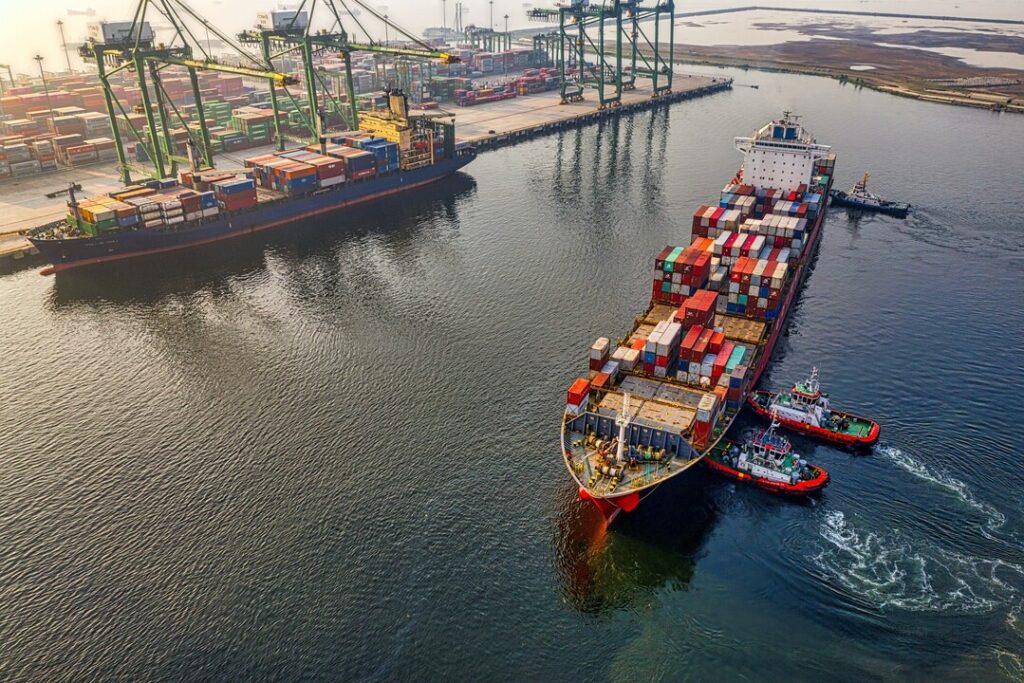Executive

How To Make A Successful Rebound – Now And Beyond Covid-19
By Anders Birch, Partner in Valcon
How to prepare and execute a winning rebound strategy
Certain characteristics define those organisations which have been able to thrive under challenging circumstances and even to take advantage of the opportunities that a crisis such as COVID-19 also represents:
1. An adaptive and accelerated approach where strategy and execution are done simultaneously
2. Leaders who act as role models and communicate the long-term purpose and direction while they also empower the organisation by allocating decision-making power and responsibility
3. A balance between cutting costs to survive in the short term and investing to grow tomorrow
Adaptiveness and empowerment go hand in hand
As Jens-Peter Poulsen, Managing Director in Kvik A/S, explains it: “We did not change our overarching strategy because of COVID-19. Instead, we simply made it crystal clear to everyone in the organisation that we had two main priorities: the health of our people and our customers and the financial health of our store network after COVID-19. The execution of these priorities was then defined at local level and with incredible success. Communication and empowerment were key to our success.”
Purpose and leadership matter, now more than ever!
You must be able to define and articulate the purpose of your organisation, and you need to trust the people in your organisation to make the right decisions that are aligned with the overall purpose. Accept that in times of crisis, most organisations need more leadership and less management. Making a successful rebound when a crisis emerges is not a one-person job. It requires that the full potential of the entire organisation is released, which again requires leaders to act as role models and to set a clear direction.
“It was inspiring to see the motivational force of the burning platform. We accelerated several digitalisation projects and for example rolled out a beta version of a new video meeting platform for stores to engage with customers on. The beta version was by no means perfect, but we did not receive a single complaint. Everyone was fully committed to getting us through this, and everyone was pulling in the same direction,” explains Jens-Peter Poulsen.

Master the balance between cutting costs to survive today and investing to grow tomorrow
Cost cutting can be necessary to survive in the short term. However, you cannot afford to jeopardise the long term. Changed market dynamics often pose new opportunities for growth, which is why investing disproportionately in selected potential growth opportunities is key for the longer term.
At the end of the day, your rebound strategy is not about reinventing the wheel. It is about setting a clear direction, constant course correction and continuous communication about both to your entire organisation.





